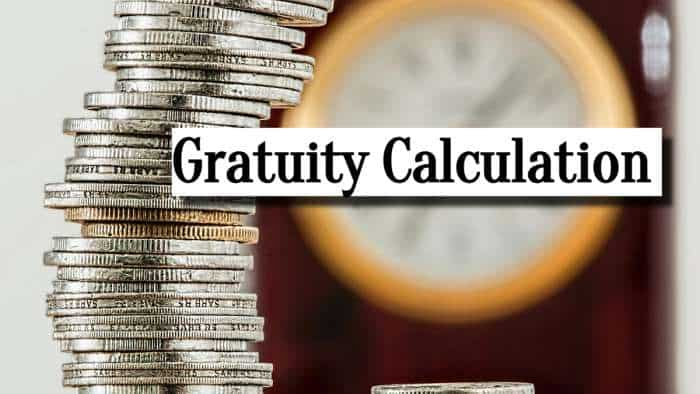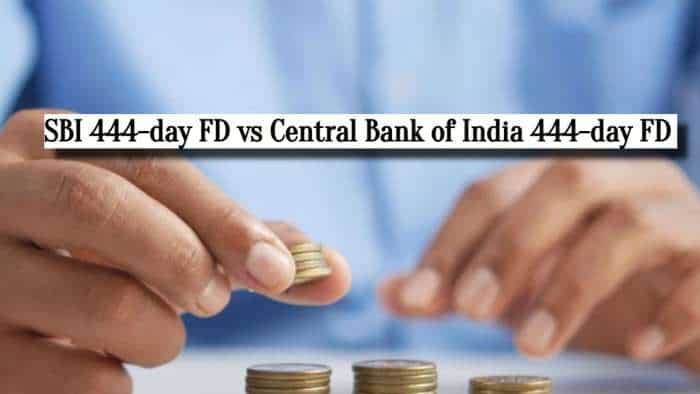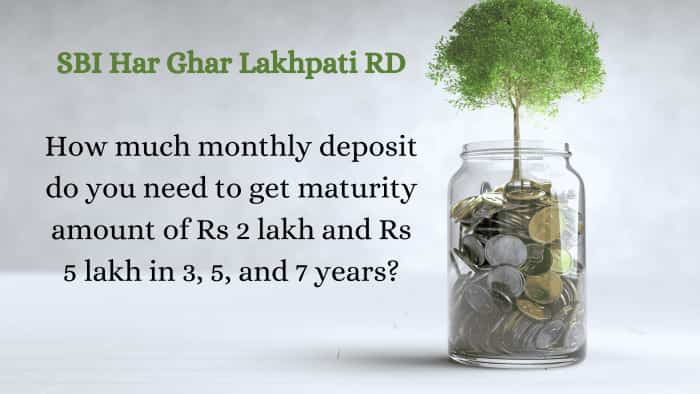Bitcoin: Can RBI ignore the elephant in the room?
On March 1, RBI Deputy Governor R. Gandhi raised concerns over virtual currencies.

Virtual currencies like Bitcoin are all the rage in FinTech, and could potentially transform global commerce in the years ahead. Users are adopting them in the thousands each day and the value of trade in these currencies is witnessing unparalleled growth.
The world over, regulators are working out carefully-crafted regulations to foster Bitcoin growth. In India, however, even with the new cashless push by the government and existing Bitcoin trade spiking post-demonetisation, the Reserve Bank of India (RBI) continues to shy away from recognising and regulating virtual currencies.
On February 1, the RBI issued a yet another cautionary press release, on the back of an earlier one issued in December 2013, warning users of a risk they are likely to already be aware of -- that it (the RBI) does not regulate and has not licensed any virtual currencies in India, and anyone using them does so at their own risk.
A month later, on March 1, RBI Deputy Governor R. Gandhi raised concerns over virtual currencies, saying they pose potential financial, legal, customer protection and security-related risks.
While the central bank seems to be insulating itself from the repercussions of these currencies remaining unregulated, their use continues to grow exponentially across the world, including in India.
As of an August 2016 (pre-demonetisation) estimate, the number of Bitcoin (the most prominent of several virtual currencies) users in India stood at 50,000 and growing. India now also has a large number of prominent Bitcoin exchanges such as BTCXIndia, Coinsecure, Unocoin and Zebpay. Globally, by some estimates, Bitcoin users alone could breach five million by 2019.
The latest red flag from the RBI may well have been prompted by the recent surge in the price of Bitcoin on Indian Bitcoin exchanges post-demonetisation. Bitcoin is freely tradable currency, and has its own exchanges (including in India) where users can sign up and speculate, buy and sell Bitcoins for other currencies (such as the rupee).
After the cash ban, Bitcoin was quoted to be inflated 20-25% over cost. As of March 2, Bitcoin was trading at Rs 90,000 to a single Bitcoin. In October 2016, this value was Rs 40,000 to a Bitcoin.
The question that arises then is how long can the RBI afford to adopt a hands-off approach to virtual currencies, when regulators elsewhere are adopting proactive measures?
The RBI`s research wing, the Institute for Development & Research in Banking Technology, issued a white paper on the applications for blockchain technology in the banking and financial sectors in India in January 2017, which acknowledges the prominence of virtual currencies, but steers towards the underlying distributed ledger (blockchain) technology, rather than virtual currency regulation.
A large number of countries, not just in the West but in India`s own neighbourhood, have either adopted or are close to adopting virtual currency regulation in some form. These include China, Russia, Singapore and the Philippines, which issued guidelines for virtual currency exchanges as recently as January.
Interestingly, the precursor to regulation in a number of these countries were warnings similar to those issued by the RBI. However, these warnings largely came around 2013, at a time when the understanding of the technology and the use of virtual currencies was much lesser than it is today.
In 2017, when users, trading and payments in these currencies are growing and maturing faster than ever, the warn-watch-wait approach simply will not work.
There are a number of downsides to not bringing in regulation when virtual currency use in India is still modest. Prominent among these is that regulation which kicks in when products and technologies have become systemic will invariably cause friction between regulators on the one hand, and businesses and users on the other, requiring stakeholders to make slow and possibly expensive changes to the way they transact.
Another issue is the key role regulation plays in consumer awareness and security. While the RBI may sleep soundly having issued its caveat emptor, given the attractive investment opportunity and ease of use and access virtual currencies offer, users are likely to throw caution to the wind and invest anyway.
The clear downside to this is that investors will likely fall prey to unregulated and unscrupulous Bitcoin exchanges and wallet operators (similar to a Paytm or Mobikwik, but exclusive to storing Bitcoin). Without any oversight, these operators rely on self-regulation. They could have severe gaps in data security, could charge exorbitant interest and transaction fees, and in a worst-case scenario, disappear with investor money altogether.
More importantly, the jury is still out on whether virtual currencies can be used to pseudonymously finance crime, including terrorism, and given the sensitive security scenario in India, it is important for the government to understand, and for the law to control, who can buy them and what they can do with them. As transactions grow, so will the chances and potential for virtual currency-related fraud.
Legal scholars Jack Goldsmith and Timothy Wu have said `government regulation works by cost and bother, not by hermetic seal`, which appears to be the line the RBI is taking on virtual currencies.
With emerging technologies, however, especially those as radical as virtual currencies, governments are increasingly learning that the cost and bother of reactive regulation can be substantially greater than proactive regulation.
If the Indian government is serious about its cashless drive, it will have to consider virtual currencies as an integral part of the panacea being touted for our archaic economy.
It is up to the government and the RBI to lead the way by bringing forward-looking regulation for virtual currencies sooner rather than later, because there is already much catching-up to do.
Get Latest Business News, Stock Market Updates and Videos; Check your tax outgo through Income Tax Calculator and save money through our Personal Finance coverage. Check Business Breaking News Live on Zee Business Twitter and Facebook. Subscribe on YouTube.
RECOMMENDED STORIES

'Bengaluru, absolute traffic hell...: City's congestion worsens as HSR Layout flyover shuts for metro work, netizens irked

Gratuity Calculation: What will be your gratuity on Rs 40,000 last-drawn basic salary and 5.2 years of service?

8th Pay Commission: Can basic pension cross Rs 3 lakh mark in new pay commission? See calculations to know its possibility?

SBI 444-day FD vs Central Bank of India 444-day FD: Which can provide higher maturity on Rs 5,00,000, Rs 7,00,000 & Rs 10,00,000 deposits?

UPS vs NPS vs OPS: Last drawn basic pay Rs 100,000; pensionable service of 30 years; what can be your monthly pension in each?
12:43 PM IST









 As COVID-19 pandemic rages, anything goes for bitcoin's third ''halving''
As COVID-19 pandemic rages, anything goes for bitcoin's third ''halving'' Bitcoin vs Gold: Which one is better option to earn money? Check experts' views
Bitcoin vs Gold: Which one is better option to earn money? Check experts' views Bitcoin tumbles 10% on Facebook grill by US senators in regard to crypto plans
Bitcoin tumbles 10% on Facebook grill by US senators in regard to crypto plans Bitcoin U-turn: Facebook eases bans on cryptocurrency ads
Bitcoin U-turn: Facebook eases bans on cryptocurrency ads Bitcoin scam: Bhardwaj brothers arrested at Delhi airport in Rs 2000 cr case
Bitcoin scam: Bhardwaj brothers arrested at Delhi airport in Rs 2000 cr case